AgTalk | Packaged food category to witness large growth: Gits' Gilani
If you are a ‘desi mithai’ lover, you ought to remember the name which made the process of making ‘gulab jamuns’ an easy experience! Gits, has completed 50 years in the Indian market and are the pioneers in the convenience food segment, has a strong distribution network within the country and exports its products to over 40 countries.
While for nearly four decades the company pioneered in Ready-to-Cook category, lately Gits also forayed into the ‘Ready-to-Eat’ packaged food category. One name the company says that could be termed as the face of change at Gits, is Sahil Gilani, son of Raju Gilani (Joint MD) and grandson of Late H.Z Gilani (Co-Founder). He is the third generation in the 50 year old family run business of Gits Food Products Pvt. Ltd.
Sahil Gilani started his tenure as Director-Sales & Marketing, Gits Food Products Pvt. Ltd in 2007 and is credited for exploring new distribution and marketing channels for the brand. Talking of his recent achievements, he brought the company back into the mainstream ATL advertising platform, breaking the company out of the BTL shell after decades. He has also played a vital role in strengthening the company’s distribution across India. He has used technology to help him succeed by using cutting edge sales force automation systems. While their flagship product is the Gulab Jamun, their Ready Meals are garnering good sales. The company has started undertaking a lot of marketing initiatives and is now getting into OOH and other mediums to advertise.
Adgully caught up with Sahil Gilani, Director - Sales and Marketing, Gits Food Products Pvt Ltd to talk about the strategies and steps ahead.
Adgully (AG): Gits has been in the Ready-to-cook category for decades now. Give us a sense of the market that you are in and the market share that Gits has in the same.
Sahil Gilani (SG): Gits has been a market leader since its inception as the category was kick started by us. In 1963 with the launch of our Instant Mixes, we rolled out the first packaged convenience food product in India. Today we have 1000 distributors across India and exports to over 40 countries. The market in India for our category is yet at a nascent stage, less than 1000cr, however it is one of the fastest growing categories in the FMCG segment. There are less than a handful of national players like us, while the stiff competition comes from regional and local players.
AG: You forayed in the ready-to-eat category in India in 2006. While the category has seen the entry of a lot of larger MNC's, why does Gits enter in so late?
SG: We first forayed into Ready Meals in the early 2000’s and developed this product for the export market. The product was introduced in India in 2006 as a soft launch in select cities and stores before it was launched nationally a few years later. The demand and acceptance for this category is still very low in India. Our rigorous R&D for this product line took nearly half a decade to complete. This was one of the first major product lines we were launching after Instant Mixes, therefore it had to set a new benchmark for quality. The retort technology available at that time was not up to the mark, so we did not want launch a product which did not meet our founding policy – “We will not sell what we don’t relish ourselves”. And so we waited till the machinery and technology improved to a point where after several blind tests, consumer could not tell the difference between a packaged product and a freshly prepared one.
AG: Shed some light on these two categories in India viz a viz international market? With your entry in ready-to-eat category, how are you looking at the catering the international consumers / markets?
SG: Indian market is very different from International market especially when it comes to perception and product awareness. Gits does not use preservatives in any of its products and it is a struggle for us to make the Indian consumers believe that all packaged food is not harmful. The export market is well informed and has adopted packaged foods in their daily lives with no reservations. India will see a large growth in the forthcoming years for all types of packaged food. The reason for this is the rise in income, dual income families and nuclear families in addition to lack of domestic help available.
Gits used to be more dependent on the export market than Indian market since its inception, but over the past decade, tables have turned and the Indian market is a larger contributor to sales than exports. Currently 60% of our sales is from India, while 40% is export.
Since ‘Ready Meals’ requires no cooking, it opens up a whole new demography of customers for us especially in the export market. We now cater to not just the NRIs but also the local nationals of countries such as UK, USA, Canada, Australia, etc. It has helped us penetrate not just in the ethnic stores abroad but also in the popular local supermarkets such as Walmart, Sainsburys, Waitrose, ASDA, etc. Our plant is now organic certified and a range of our ‘Ready Meals’ in organic form are exported to USA stores such as Trader Joes and Wholefoods too.
AG: While your ready-to-cook Gulab Jamun pack has been the flagship and iconic product from the company, what is the kind of product portfolio expansion you are looking at in the next 2 – 3 years?
SG: We will look for product launches that are in and around our category. We have had good success with launching region specific products such as Dhoka in West Bengal that has been well accepted by the Bengali community. In addition, there is a growing demand for international cuisines hence we could look at a few products with more diversity.
AG: Share with us a bit about the packaging and distribution strategy at Gits.
SG: Our packaging enables us to offer a shelf life of 12 months on all our products lines without the use of any preservatives. This is made possible by a combination of cutting edge technology and the right packaging materials. We strive to upgrade our packaging technology to constantly offer the consumers a safe and fresh product with our packaging material being environment friendly. Our distribution in India is spread across the country via our network of over 20 warehouses/depots across states which supply to our 1000 distributors. The West (Maharashtra & Gujarat) are our strongest markets. Unlike other national players who typically concentrate on metros and tier 1 towns, our strategy for distribution in India is to penetrate down to tier 3 and rural areas.
In the export market we are available in over 40 countries. Our strategy going forward is to expand into more international chain supermarkets to tap not just the NRI’s but also the local population of that country. With the growing popularity of Indian restaurants and food across the world, we think there is a big market for packaged Indian food
AG: How has the family-run business stood against larger MNC brands in the category? What are the kind of challenges Gits has come across over the years in the business?
SG: Strong customer loyalty and sticking to our quality promise has helped us fight the big players in the market. Over the past 50 years, we have built a strong trust and loyalty with consumers by delivering the right quality consistently. Competition is not always bad, larger companies often enter a category and help expand its awareness and acceptability. Their big ad spends help to increase the category size and indirectly help us increase our sales too.
AG: There has been a renewed strategy on advertising front, shed some light on the overall marketing and promotional strategies adopted at Gits.
SG: Most of our ATL marketing was focused on the export market. This is because prior to the past decade we were an export driven company and advertising on mainstream channels like Zee, Star TV, Sony, etc abroad is far cheaper than in India. However, 2013 marked our 50 years in business and we used this opportunity to come back into the mainstream media in India. Prior to this we mainly restricted advertising and promotions in India to BTL activities. Thus our advertising budgets were increased 10 folds in the past year.
Going forward we are committed to consistently advertise in India to help the brand connect with the younger audiences and reconnect with our existing consumer base. We are trying to use a 360 degree media mix. Besides television and print media, our focus has also been on the digital media and OOH. We use digital media and social media to engage and educate consumers by using pictorial facts and tutorial videos. Our focus on BTL is not sidelined either, we strongly believe that consumers have to taste our products to believe that they are completely natural and superior in quality. Hence we conduct a lot of sampling/tasting activities to educate customers. This direct marketing activation works very well for us.
AG: What is on the immediate future planning charts?
SG: For the future, we are aggressively looking at expanding distribution, production and product offering in both international and national markets. In International markets, we are well penetrated in almost all Indian grocery stores present across the globes. [By Ankita Tanna | Twitter: @ankita]



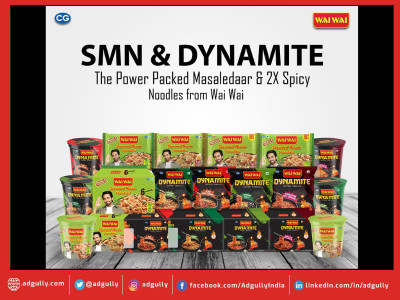


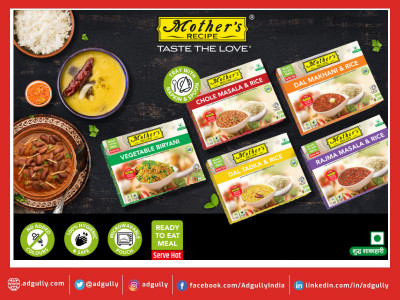
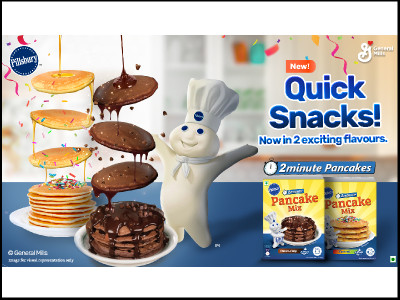



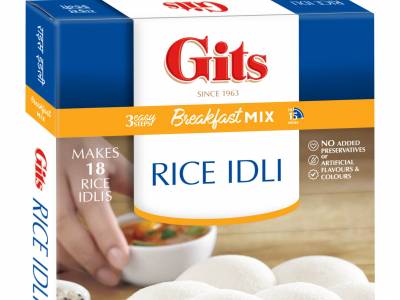

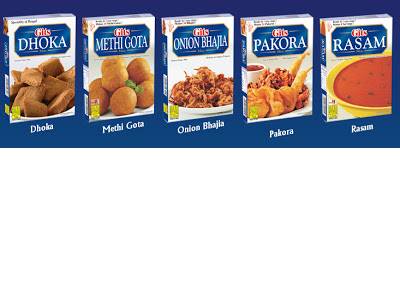

Share
Facebook
YouTube
Tweet
Twitter
LinkedIn